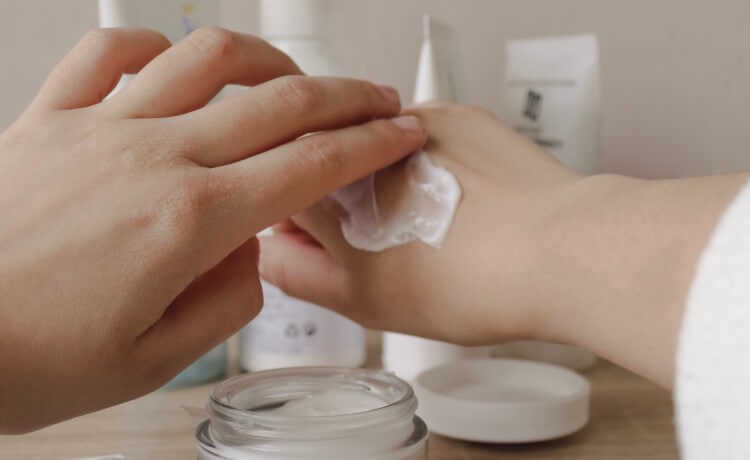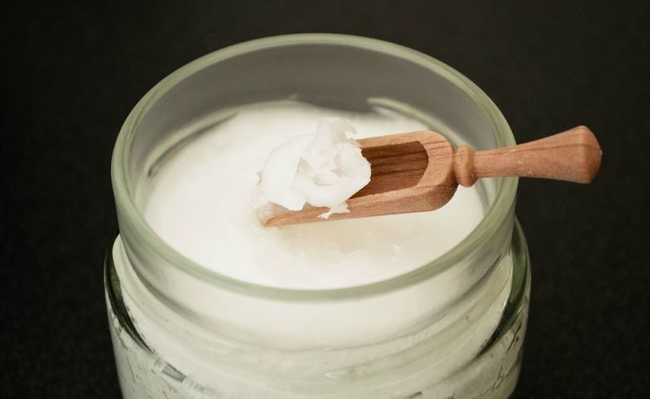Diethanolamine: know this possible carcinogen and its derivatives
Widely used in the manufacture of cosmetic and hygiene products, diethanolamine and its derivatives are associated with the development of cancer

Image of Anastasiia Ostapovych in Unsplash
You may have never heard of it, but it is very likely that your body has already come into contact with this substance. Diethanolamine, often abbreviated as DEA, is the junction of an amine with a dialcohol, produced from a mixture of ethylene oxide and ammonia. It is mainly present in the metallurgical industry (as lubricants for machines) and in the cleaning products, detergents, shampoos and cosmetics industry. It is precisely in these products that the danger of diethanolamine resides.
In detergents, shampoos and cosmetics, diethanolamine is used to create a creamy texture as well as providing a foaming action. It also serves, in its most diverse applications, for the neutralization of acids.
Diethanolamine is hardly used "pure" in cleaning products, cosmetics or others. There are several variations. The problem is that, despite not being considered a compound directly carcinogenic to humans, diethanolamine is classified as "possibly carcinogenic to humans" by the International Agency for Research on Cancer (IARC). One of its most common variations is the coconut fatty acid diethanolamine, also known as cocamide DEA.
Cocamide DEA
Coconut fatty acid diethanolamine (or cocamide DEA) is a mixture of starches produced by the reaction of coconut oil fatty acids with diethanolamine. This substance is used in the manufacture of soap bars, detergents, shampoos, among other items that are very common in our home. In the Brazilian market, compost is widely used due to its low cost and local availability of raw materials.
There is still no evidence that coconut fatty acid diethanolamine can cause cancer in humans. However, several tests (see more) relate it to the development of cancer in animals that have been subjected to some doses of the substance. In one study, groups of 50 male and 50 female mice, aged six weeks, received dermal applications of 0, 100 mg/kg or 200 mg/kg of coconut fatty acid diethanolamide oil for five days in the week for two years.
The researchers found that animals of both sexes submitted to these applications had a higher occurrence of some type of cancer compared to those who did not receive the application. Among the types of cancer observed are: hepatocellular adenoma (a benign and rare tumor that affects the kidneys), hepatocellular carcinoma (primary tumor of the liver, that is, originating from this organ), renal adenoma and hepatoblastoma. The research authors emphasize that the animals used in experiments rarely develop kidney tumors and hepatoblastoma, which are characterized by abnormal cell proliferation, occurring spontaneously.
A study on the penetration of diethanolamine (used to obtain cocamide DEA) in the human body through cosmetic formulations (shampoo, body creams and others) indicated that about 0.1% of the formulation of the applied dose of shampoo it was absorbed after an interval between five and 30 minutes; in another study, a lotion with this substance was applied to the body with an interval of 72 hours. About 30% of the applied diethanolamine accumulated on the skin and approximately 1% was absorbed into the recipient fluid. These studies were taken into account by the International Agency for Research on Cancer (IARC) to classify coconut fatty acid diethanolamine as "possibly carcinogenic to humans".
Other diethanolamine derivatives
A product usually takes in its formula several chemical substances, which can react with each other. In Canada, for example, there are some limitations in the use of coconut fatty acid diethanolamine in cosmetics, but only when it is used with other agents, which, depending on the agent, can cause the formation of the following substances, which can also be harmful to health, as shown by some studies:
nitrosine
It is used in the manufacture of cosmetics, pesticides, rubber products and others.
Triethanolamine (TEA)
It results from the reaction of diethanolamine with ethylene oxide. This substance is used to balance the pH of cosmetic, hygiene and cleaning products.
Cocamide MEA
Similar to cocamide DEA, it has thickening and viscosity-increasing properties. According to Food and Drugs Administration (FDA), a US government agency similar to Anvisa, "is one of the most used ingredients that may contain [cocamide] DEA."
Lauramide DEA
It is a foam stabilizer and helps to increase viscosity. In a study in which this substance was administered orally and dermally in rats and mice, lauramide DEA was rapidly eliminated by all tissues, except for the adipose tissue. The researchers in this study explain that the possibility of developing cancer is related to the amount of traces of the substance DEA that remain in the body. But, unlike diethanolamine, lauramide diethanolamine did not accumulate in the tissues of the rats used in the experiment after repeated dermal applications.
Pay attention to labels
Therefore, these surveys show that, in addition to knowing the specificity of purchased products, it is also important to pay attention to the chemical composition of their formulas. Also, be sure to recognize that, in addition to any problems to your health, the residues of these substances will drain down your bathroom drain and the lack of proper treatment may pose risks of contamination to the fauna and flora of rivers and oceans. For a lighter footprint, stay tuned in the effects of your choices and practice conscious consumption.










